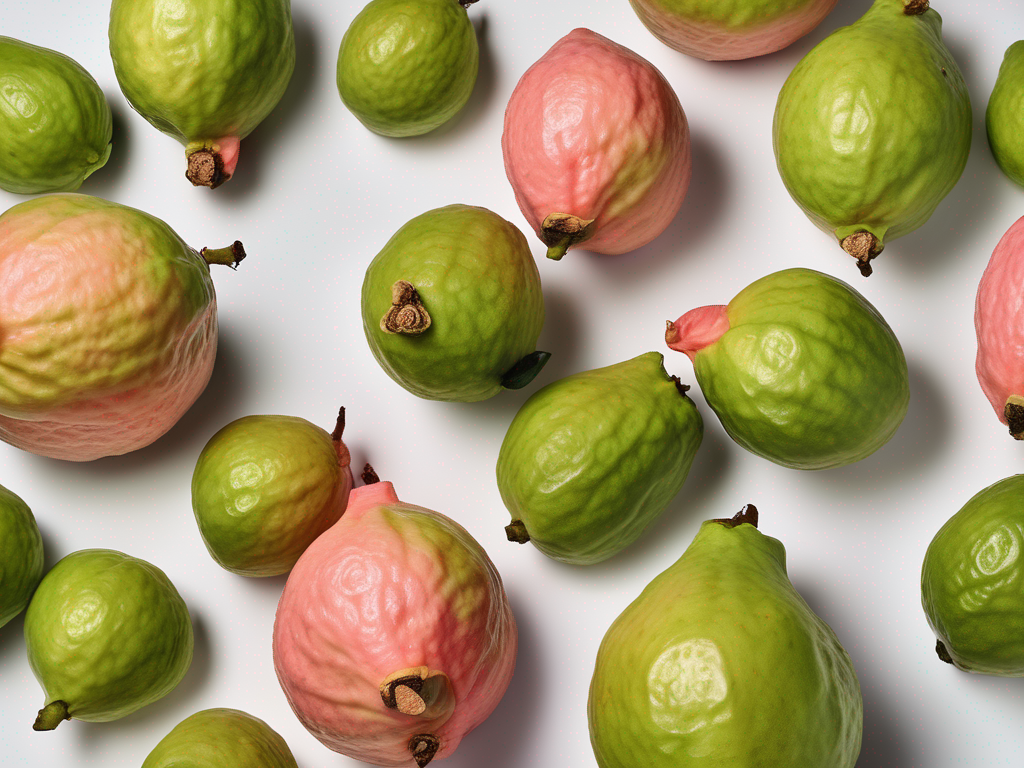
Is My Guava Bad? How to Tell If Your Guava Has Gone Bad
Get Your Free Food Safety Cheat Sheet
30 most common foods with instant answers. Print it and stick it on your fridge—completely free!
Is My Guava Bad? How to Tell If Your Guava Has Gone Bad
Guavas are delicious and nutritious fruits that are enjoyed by many people around the world. However, like all fruits, guavas can go bad if not stored properly or if they are past their prime. In this blog post, we will discuss how to tell if your guava has gone bad and provide some tips on how to store them properly to prolong their freshness. (Guava)
Signs of Spoiled Guava
Visual Inspection
One of the easiest ways to tell if your guava has gone bad is to visually inspect it. Here are some signs to look out for:
- Mold or unusual spots on the skin
- Discoloration or dark spots on the flesh
- Shrinking or wrinkled skin
- Slimy or mushy texture
If you notice any of these signs, it's best to discard the guava to avoid any potential health risks.
Smell
Another way to determine if your guava has gone bad is to smell it. A fresh guava should have a sweet and fragrant aroma. If the guava smells off, sour, or fermented, it is likely spoiled and should be thrown away.
Texture
A ripe guava should have a firm texture, but not too hard. If the guava feels overly soft, mushy, or has a slimy texture, it is a sign that it has spoiled.
Proper Storage Tips for Guavas
To ensure that your guavas stay fresh and flavorful for as long as possible, follow these storage tips:
-
Refrigeration: Store ripe guavas in the refrigerator to extend their shelf life. Place them in a perforated plastic bag to retain moisture and prevent them from drying out.
-
Avoid Moisture: Guavas are sensitive to moisture, so make sure to keep them dry. Moisture can lead to mold growth and spoilage.
-
Separate from Ethylene-Producing Fruits: Guavas are sensitive to ethylene gas, which is released by certain fruits like bananas and apples. Store guavas away from ethylene-producing fruits to prevent them from ripening too quickly.
-
Use a Fruit Bowl: If you prefer to keep your guavas at room temperature, place them in a fruit bowl on the counter. Check them regularly for ripeness and consume them before they spoil.
-
Freezing: If you have an abundance of ripe guavas, consider freezing them for later use. Simply peel and slice the guavas, then place them in an airtight container or freezer bag. Frozen guavas can be used in smoothies, desserts, or jams.
Conclusion
In conclusion, guavas are delicious fruits that can add a tropical flair to your meals and snacks. By knowing how to identify signs of spoilage and following proper storage practices, you can enjoy fresh and flavorful guavas for longer. Remember to inspect your guavas regularly, store them correctly, and use them before they go bad to prevent food wastage and ensure your safety. Enjoy the delightful taste of guavas while they are at their peak freshness!
For more information on guavas and other fruits, visit our guava page. (Guava)
Authoritative Food Safety References
These agencies and university labs inform every tip and health precaution we publish.
USDA FoodKeeper – Cold Storage Guidelines
Official refrigerator, freezer, and pantry timelines maintained by the U.S. Department of Agriculture.
Visit USDA FoodKeeperFDA Produce Safety Rule & Grower Guidance
Field-to-fridge handling practices that prevent contamination of fruits, vegetables, and leafy greens.
Visit FDA Produce SafetyCDC Foodborne Illness Prevention Hub
Surveillance-backed guidance on pathogens, symptoms, and steps to reduce foodborne illness risk.
Visit CDC Food SafetyUC Davis Postharvest Technology Center
University research detailing optimal storage atmospheres for produce after harvest.
Visit UC Davis PostharvestPenn State Extension – Home Food Preservation & Safety
Peer-reviewed extension bulletins on safe canning, chilling, and reheating practices.
Visit Penn State ExtensionGet Your Free Food Safety Cheat Sheet
30 most common foods with instant answers. Print it and stick it on your fridge—completely free! Want more? Upgrade to the complete guide with 70+ foods.
Scan your food directly and get instant safety info using our AI-powered camera feature.